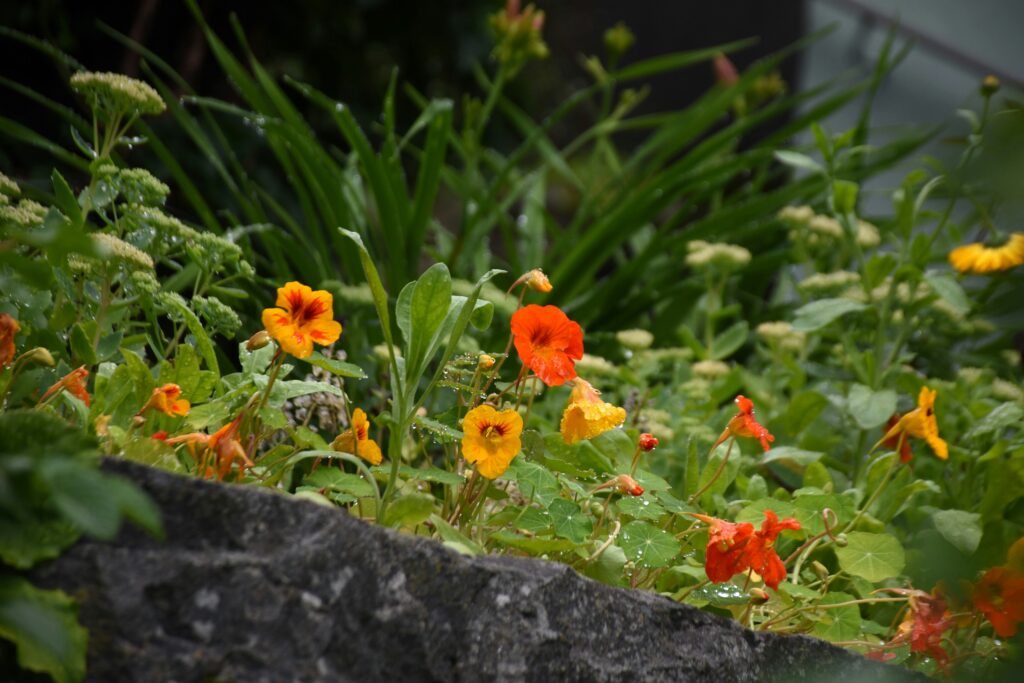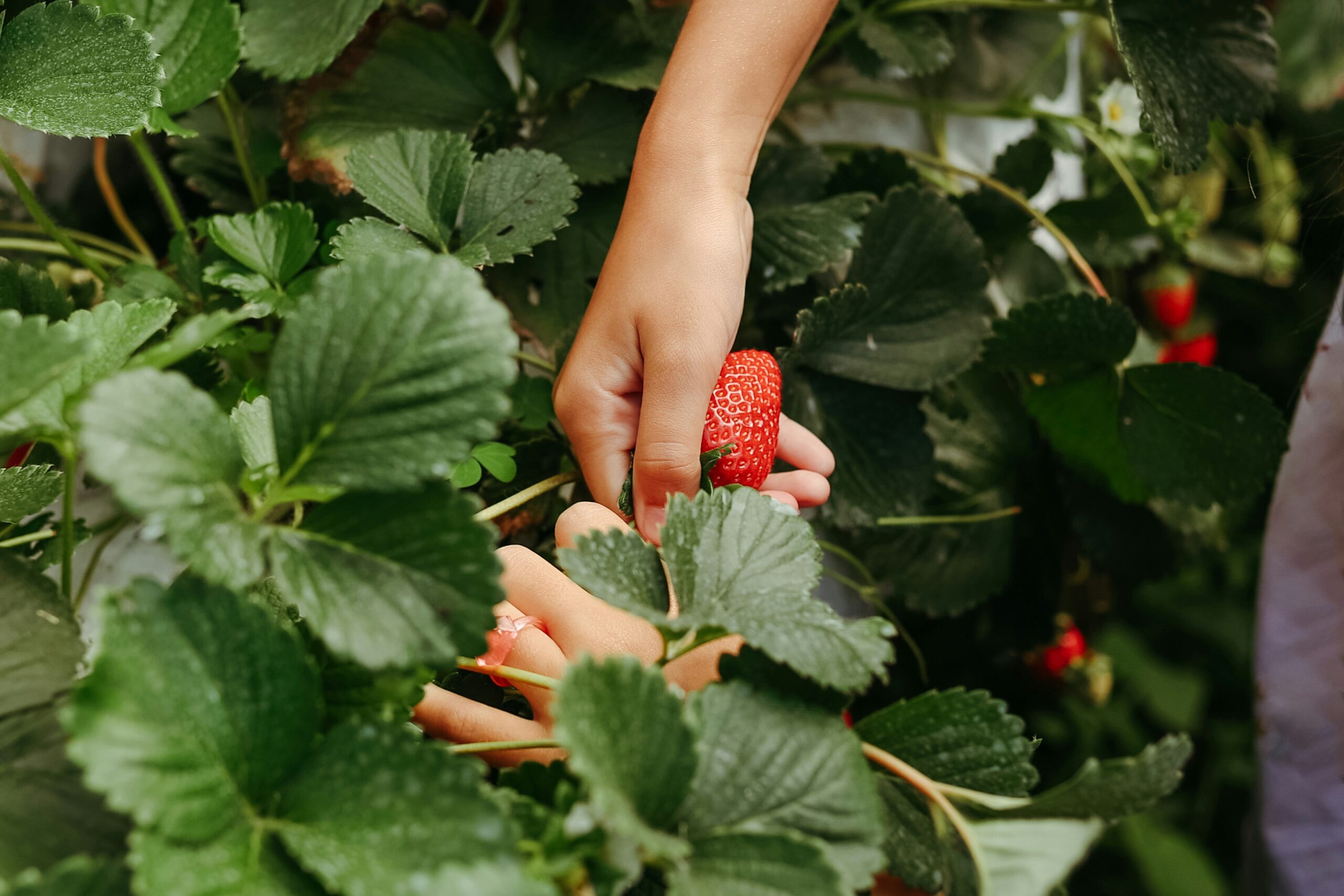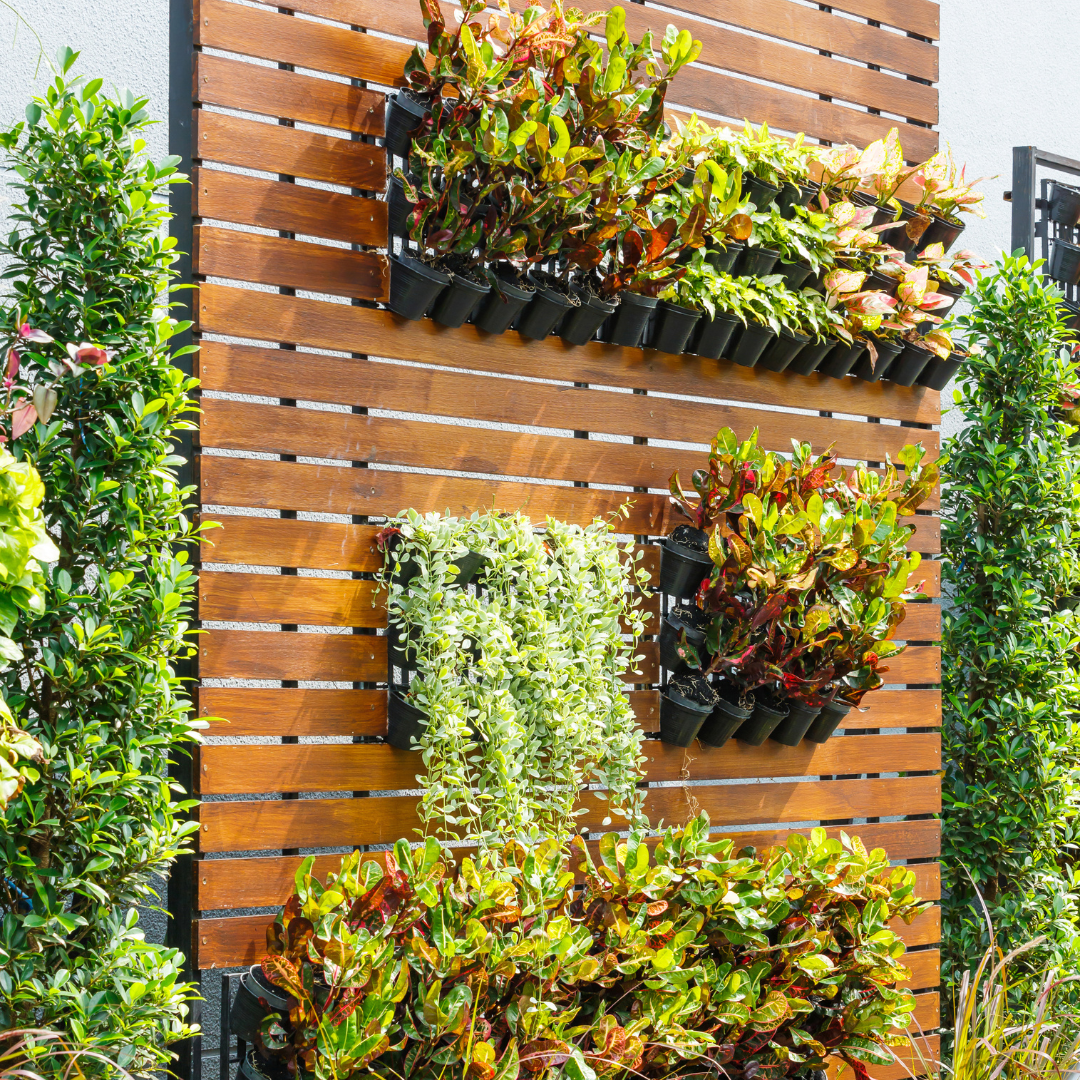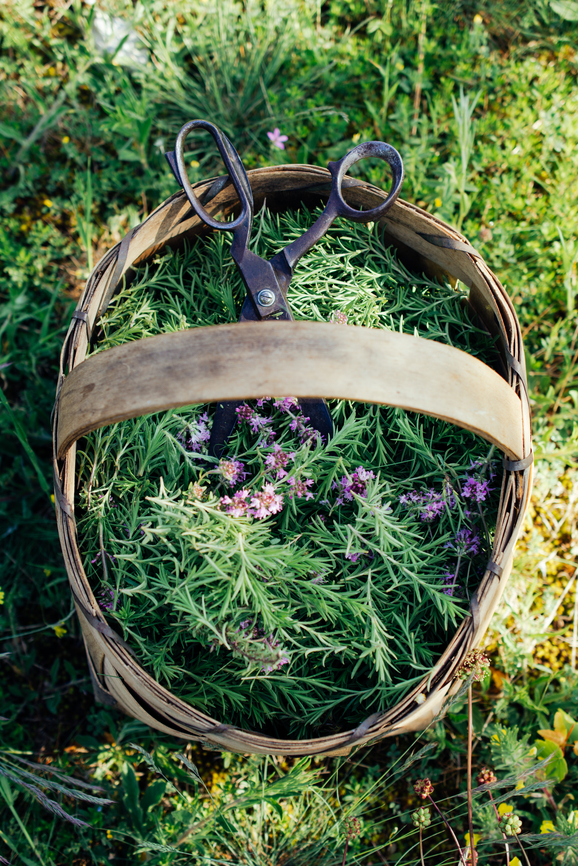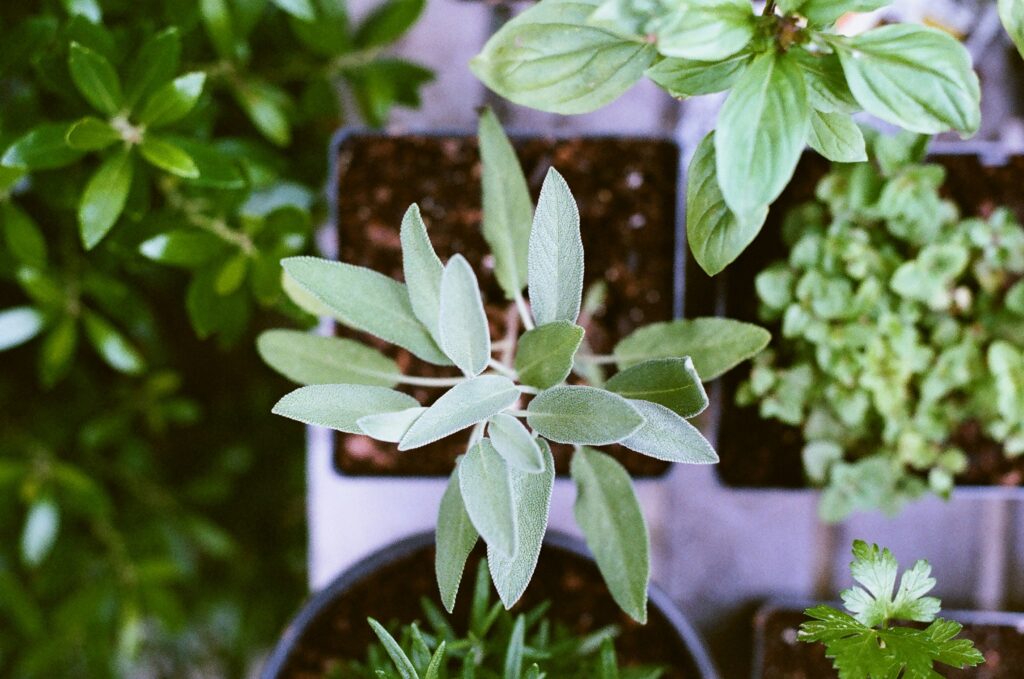
Initially introduced at the Chelsea Flower Show in the UK, designer Harry Holding says “edimentals are in the sweet spot of plants that both look nice, are edible, and generally live for three years or longer (i.e. they are perennial). Traditional food growing is more of a seasonal annual cycle, but with edimentals, once you’ve planted it or sown seeds, they are resilient and have longevity.” He also notes that these [plants] “mean a hands-off, low-maintenance approach. They’re not hugely time-consuming, whereas the growing of typical annual vegetables is both time-consuming and water-intensive.” For us, we additionally can see a benefit in smaller spaces where introducing edimentals means you can have a beautiful garden and eat it too.
Edimentals to Plant
If you’re inspired to start your first garden or if you’ve been gardening for years or even somewhere in between, introducing edimentals is easy. As mentioned above, the idea is to select perennials that are hearty, drought tolerant and can handle lower maintenance. Here are Emerson Wild’s top 5 edimentals to introduce:
1. Artichoke (Cynara cardunculus)
Growing to significant heights, artichokes are “chocked” with several additional visual pleasantries. Synonymous with thrillers in container gardening, these plants can grow up to 5ft/1.5m and resemble giant lush thistles. Their flowers buds are what you’ll generally see at the grocery store, but if left unharvested, produce spectacular purple blooms.
Julie’s Notes: They often take up to 2-years to flower and so are often sold as container plants in the second year with an established root bulb. For zones 5-6, be sure to protect your plants to see them again in the spring.
2. Chives (Allium schoenoprasum)
Hailing from the garlic family, chives are edimentals that can be a finishing touch for a wide range of dishes in a variety of cuisines. We love them for their typical allium flowers (round balls, otherwise called ’round umbels’), and the soft purple florals that contrast with the vivid deep green of the edible leaves/stalks. With a mild garlic smell, certain pests will be deterred at benefit to the plant neighbors, which includes just about everything (the exception being Brassicas)
3. Black Kale (Brassica oleracea var. palmifolia)
This particular variety is referred to as the “Prince of Kale” and is celebrated for its textured leaves that have long been used in Italian (especially Tuscan) dishes. A delightful addition to salads and exceptional when cooked, being famous in several Italian dishes. It features graceful, crinkled leaves that are dark blue-green almost at times appearing black. This is a slow-growing plant that will get fairly tall. As you harvest and cut away leaves (bottom up), the end result will be an elegant almost palm-like display.
4. Drought Resistant Herb Edimentals: Rosemary, Lavender, Thyme and Sage
Mediterranean herbs are a favourite with us here at EW. We’ve covered growing lavender in pots, and growing a selection of herbs in containers. When transitioning from pots to the ground, just keep in mind that these sun lovers enjoy the heat and dryer locations. Stepping out to grab some fresh herbs for a dish is a feeling unlike any other. Moreover, depending on your zone, they’ll be back year after year.
5. Crabapple ‘Cinderella’ (Malus x ‘Cinzam’)
Last but certainly not least, we had to include a fruit tree. The dwarf crabapple tree, variety ‘Cinderella’ is our top pick. With an upright, rounded form, this delicate member of the apple family requires no pruning and can take advantage of very small spaces (even containers!). In the Spring, densely packed fragrant white blooms will explode into life. Following that, the golden fruit adorns the tree and come Autumn, the leaves become gold themselves. A visual interest that spans all seasons, as all edimentals should.
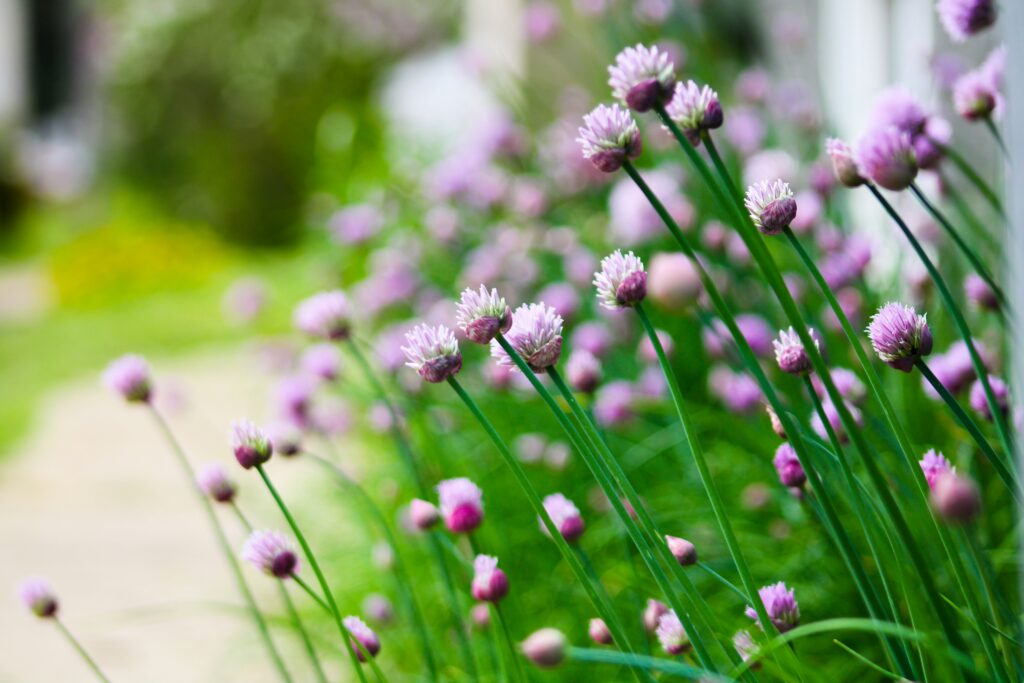
Without further ado, we wish you a plentiful and harmonious growing season, one packed with edimentals. Also, we’d love to connect, if you don’t already, be sure to follow us on Instagram and Pinterest! Looking for more reading and inspiration on all things home, gardening and lifestyle? Check out the The Wild Blog.

